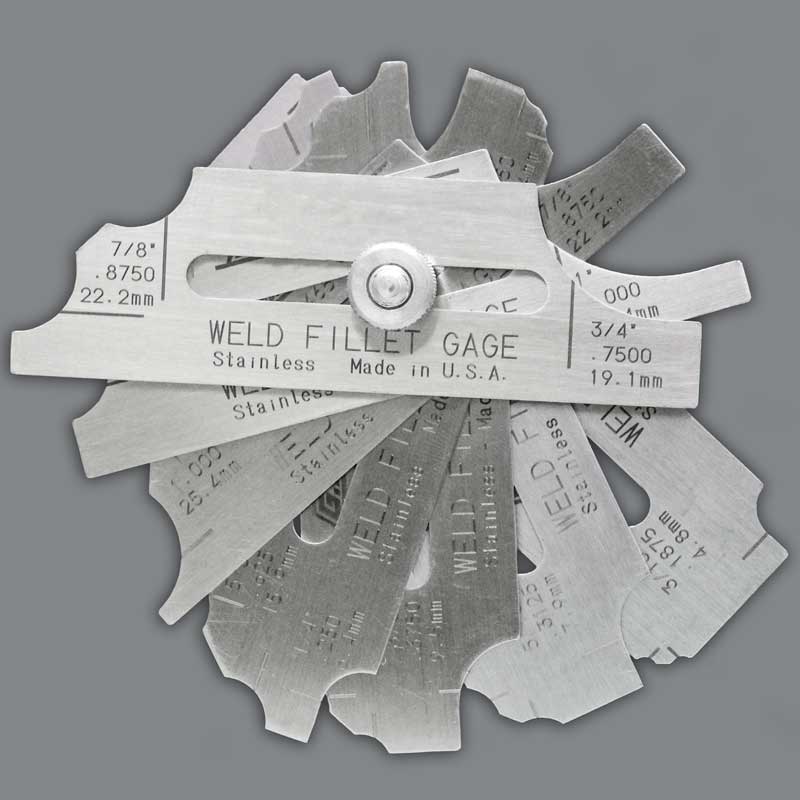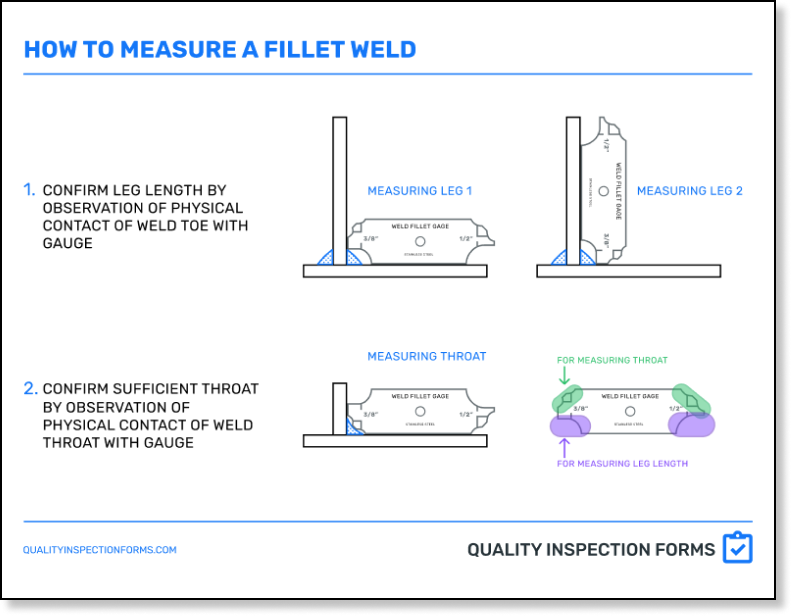Exploring the Benefits of Fillet Welding in Construction: Cost-effective Solutions for Diverse Industries
In the world of construction, the application of fillet welding provides an engaging proposition for industries looking for cost-effective options without endangering architectural integrity. The advantages of fillet welding prolong past simple economic savings to encompass boosted structural efficiency, flexibility across varied industrial applications, and the guarantee of remarkable strength and longevity. As we navigate with the functional advantages that fillet welding deals, a deeper understanding arises of just how this welding technique can change construction procedures across various industries.

Affordable Solution for Construction
Fillet welding functions as a cost-effective option in manufacture processes, providing both performance and durability. This welding technique entails joining two items of steel at an angle, creating a triangular cross-section. The simpleness of fillet welding makes it a prominent selection in different markets, including building and construction, automobile, and manufacturing.
Among the vital benefits of fillet welding is its capacity to decrease product and labor prices. By making use of fillet welds rather than various other complex joint designs, manufacturers can conserve cash on materials and manufacturing time. In addition, fillet welding needs very little preparation contrasted to various other welding techniques, further lowering construction prices.
Moreover, fillet welds use excellent structural stamina, guaranteeing the long life and durability of the made components. The triangular shape of the weld distributes stress and anxiety a lot more evenly, reducing the possibility of joint failure (Gauge Fillet Weld). This structural integrity not just improves the total quality of the completed item but likewise minimizes repair and maintenance expenses over time
Boosted Architectural Effectiveness With Fillet Welding
Enhancing architectural efficiency via the application of fillet welding methods is a critical aspect of making sure optimum efficiency and longevity in fabricated structures. Fillet welding plays an essential function in improving architectural effectiveness by properly dispersing tons and tensions throughout the welded joints. By developing a smooth transition in between the linked elements, fillet welds assist to enhance the general strength and security of the structure.
One of the substantial benefits of fillet welding in enhancing architectural performance is its ability to join materials of varying thicknesses. This flexibility permits for the building and construction of light-weight structures without endangering on toughness. In addition, the smooth profile of fillet welds lowers tension focus, which can help avoid premature failing of the bonded joints.
In addition, fillet welding allows the construction of complicated geometries effortlessly, giving designers with even more flexibility in creating ingenious and reliable structures. By enhancing the design and placement of fillet welds, engineers can optimize the structural efficiency of made parts, ultimately resulting in set you back savings and enhanced efficiency in varied industries.
Versatility in Diverse Market Applications
With its capacity to provide to a wide variety of product densities and geometric intricacies, fillet welding stands as a versatile fabrication method that discovers applications across diverse sectors. Additionally, the aerospace market counts on fillet welding for the manufacture of aircraft components, making sure stamina and durability in essential parts. Generally, the convenience of fillet welding makes it an important procedure in various sectors, using cost-effective solutions for complex manufacture needs.

Superior Strength and Durability
Fillet welding plays a crucial function in accomplishing these characteristics due to its capability to provide considerable toughness by distributing loads uniformly throughout the welded joint. As an outcome, frameworks produced utilizing fillet welds show increased durability and can stand up to substantial mechanical forces without endangering their honesty.
The remarkable stamina and durability supplied by fillet welding make it a Check This Out suitable option for applications in markets such as construction, automobile, aerospace, and production, where architectural integrity is vital. By utilizing fillet welds in manufacture, designers and manufacturers can make sure that their products satisfy strict top quality and security criteria while enhancing cost-effectiveness and production efficiency. Fundamentally, the extraordinary resilience and durability supplied by fillet welding make it a recommended welding strategy for producing durable and sturdy structures across varied industries.
Practical Advantages of Fillet Welding
Provided the shown exceptional toughness and resilience in bonded joints, the practical advantages of fillet welding prolong past structural stability to include performance and cost-effectiveness in fabrication procedures. One key useful benefit is the simplicity of fillet welds, which do not require intricate or pricey devices to produce. This simpleness translates right into time savings during manufacture, as fillet welding can be quickly applied in numerous settings without the requirement for sophisticated arrangements. In addition, fillet welding permits enhanced productivity as a result of its convenience in signing up with various kinds of forms, products, and densities. The adaptability of fillet welds makes them suitable for a wide variety of applications across varied sectors, try here additionally adding to cost-effectiveness in producing processes. The decreased requirement for considerable surface area preparation compared to other welding techniques reduces product waste and decreases production downtime. In general, the useful advantages of fillet welding make it a useful choice for business seeking effective and affordable options in manufacture.
Final Thought
In verdict, fillet welding offers an economical solution for fabrication, providing enhanced architectural performance, versatility in diverse sector applications, remarkable strength, and longevity. The sensible benefits of fillet welding make it a recommended selection for different construction jobs across various sectors. Its ability to effectively join materials while keeping architectural honesty makes it a beneficial method for guaranteeing high-quality and dependable cause welding applications.

Furthermore, fillet welding requires marginal preparation compared to other welding methods, better lowering manufacture expenses.
Given the shown superior strength and toughness in bonded joints, the practical benefits of fillet welding expand beyond architectural integrity to include effectiveness and cost-effectiveness in fabrication processes - Gauge Fillet Weld.In conclusion, fillet welding supplies a cost-efficient option for check that manufacture, offering enhanced structural performance, flexibility in diverse sector applications, premium strength, and sturdiness